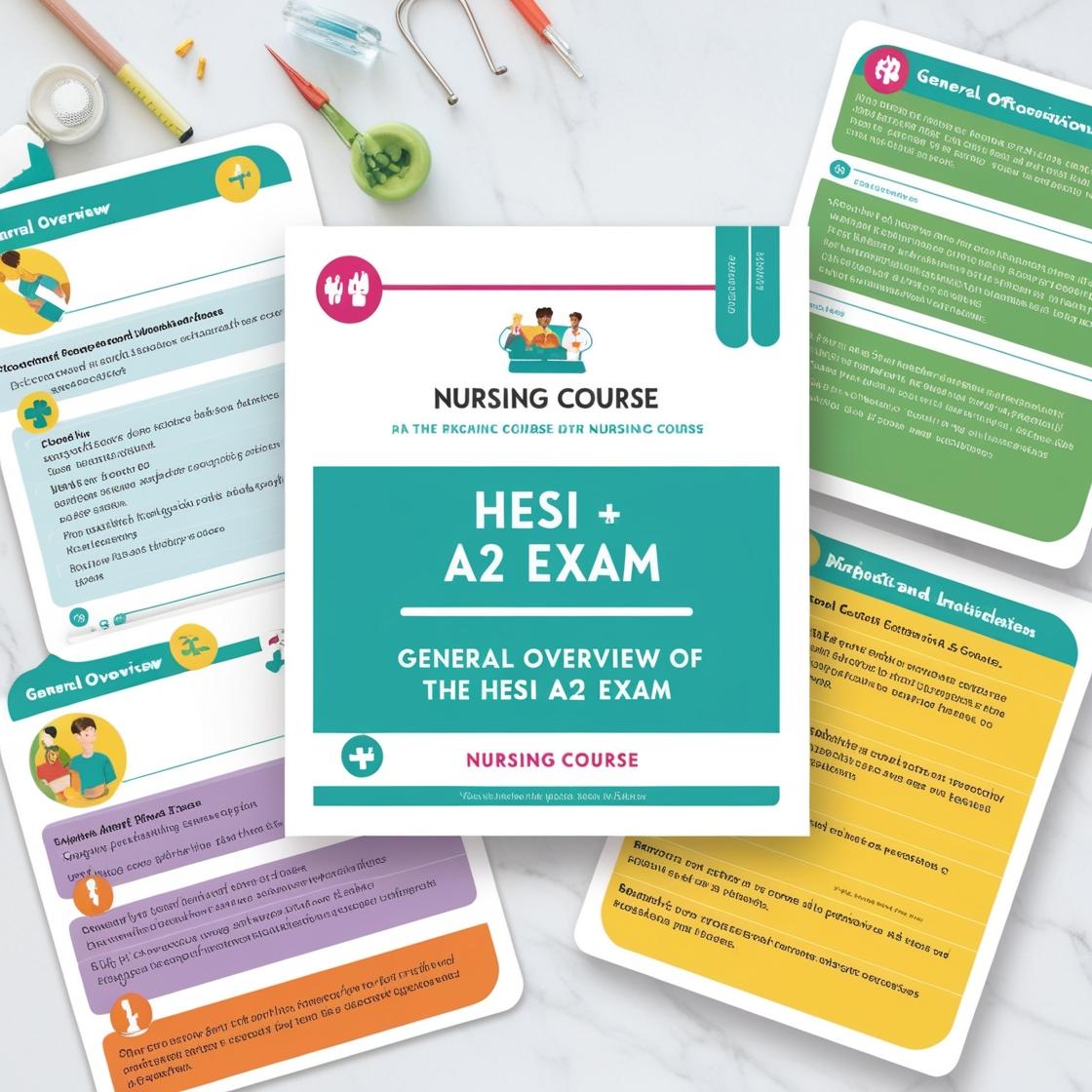HESI A2
Quizlet HESI A2 Anatomy and Physiology
1. What is the primary function of the cardiovascular system?
- A. To transport oxygen and nutrients
- B. To remove waste products
- C. To regulate body temperature
- D. To fight infections
Correct answer: A
Rationale: The correct answer is A: "To transport oxygen and nutrients." The primary function of the cardiovascular system is to transport oxygen, nutrients, and hormones to cells throughout the body and remove waste products. This system plays a crucial role in maintaining homeostasis by delivering essential substances to tissues and organs while eliminating metabolic waste. Choices B, C, and D are incorrect because although the cardiovascular system indirectly helps in removing waste products through circulation, its primary function is focused on transporting essential substances and not on regulating body temperature or fighting infections.
2. Which structure in the eye is responsible for focusing light on the retina?
- A. Cornea
- B. Lens
- C. Retina
- D. Pupil
Correct answer: B
Rationale: The lens of the eye is responsible for focusing light onto the retina. It plays a crucial role in bending light rays to ensure that they converge on the retina, enabling clear vision. The cornea helps in focusing light, but the final adjustment and fine-tuning occur through the lens. The retina receives the focused light and converts it into neural signals for the brain to interpret. The pupil, on the other hand, controls the amount of light entering the eye by dilating or constricting.
3. What is the function of platelets in the blood?
- A. Transporting oxygen
- B. Clotting blood
- C. Fighting infection
- D. Transporting nutrients
Correct answer: B
Rationale: Platelets, also known as thrombocytes, are responsible for clotting blood. When there is an injury, platelets help form blood clots to prevent excessive bleeding. This function is crucial in maintaining hemostasis and preventing hemorrhage. Choices A, C, and D are incorrect. Platelets do not transport oxygen, fight infection, or transport nutrients in the blood.
4. What is the role of the gallbladder in digestion?
- A. To produce bile
- B. To store and concentrate bile
- C. To break down fats
- D. To secrete digestive enzymes
Correct answer: B
Rationale: The gallbladder's primary function in digestion is to store and concentrate bile produced by the liver. Bile is essential for the digestion and absorption of fats in the small intestine. While the gallbladder does not produce bile (Choice A) or secrete digestive enzymes (Choice D), it plays a crucial role in storing and releasing bile when needed. Therefore, the correct answer is B.
5. What is the primary function of the kidneys in the urinary system?
- A. To filter waste from the blood
- B. To produce urine
- C. To regulate blood pressure
- D. To maintain fluid balance
Correct answer: A
Rationale: The correct answer is A: 'To filter waste from the blood.' The primary function of the kidneys in the urinary system is to filter waste products and excess substances from the blood, forming urine, which is then excreted from the body. This process helps maintain the body's internal environment by regulating the balance of electrolytes, fluid levels, and eliminating metabolic waste products. Choices B, C, and D are incorrect because while the kidneys do produce urine, regulate blood pressure, and maintain fluid balance, their primary function within the urinary system is the filtration of waste from the blood.
Similar Questions

Access More Features
HESI A2 Basic
$99/ 30 days
- 3,000 Questions with answers
- 30 days access @ $99
HESI A2 Premium
$149.99/ 90 days
- Actual HESI A 2 Questions
- 3,000 questions with answers
- 90 days access @ $149.99
